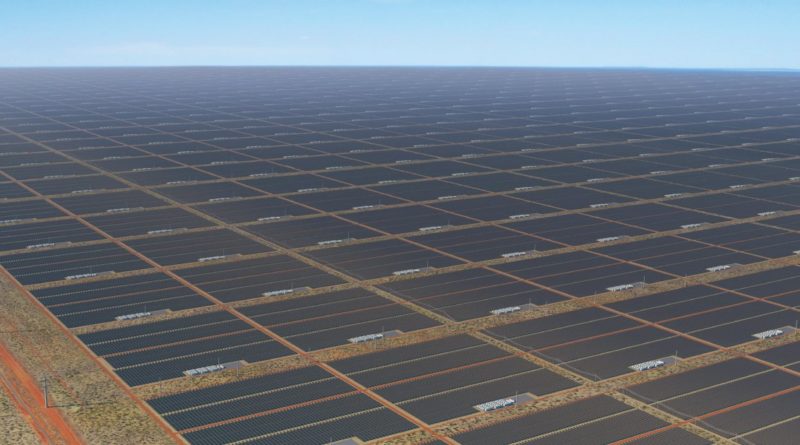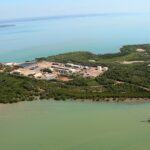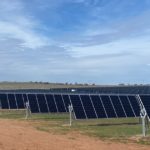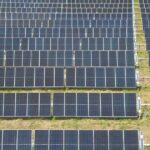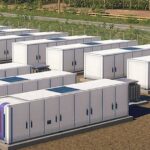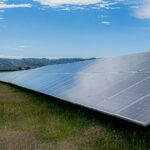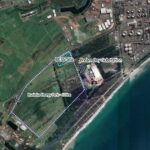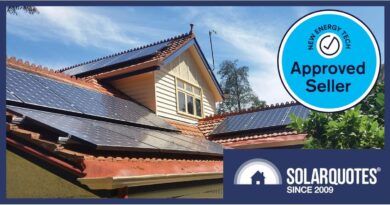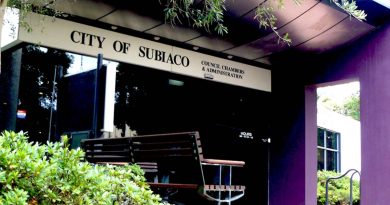Sun Cable’s Mammoth Solar And Battery Project Progresses
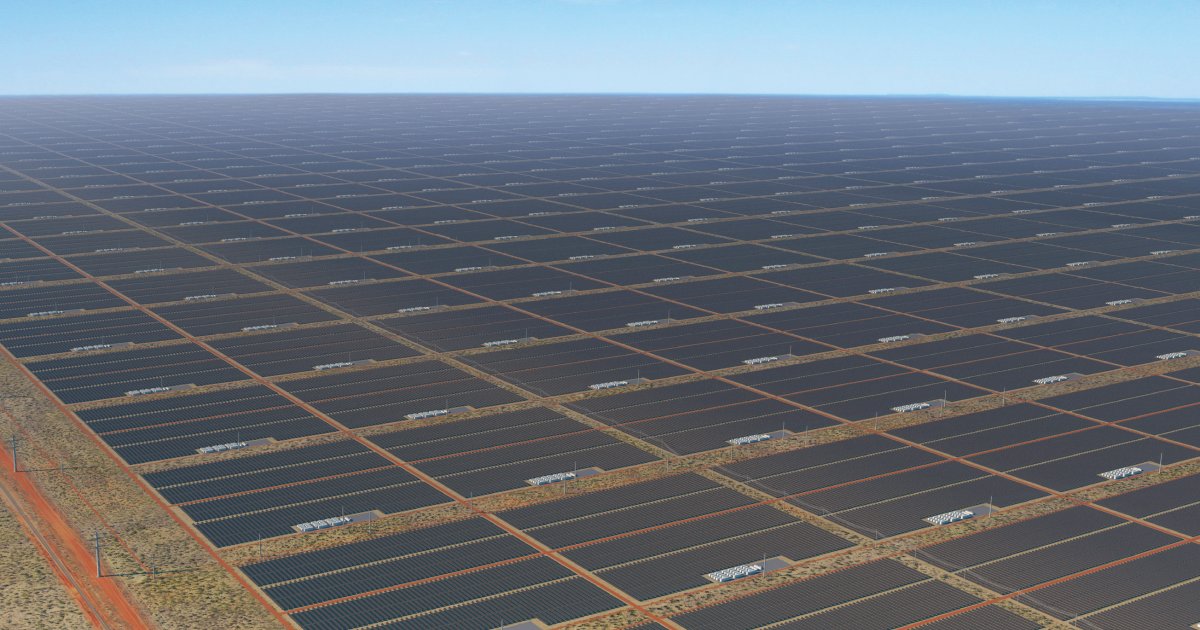

The Environmental Impact Statement for Sun Cable’s proposed Australia-Asia Power Link (AAPowerLink) solar energy and battery storage venture has been lodged.
The project is to be constructed in the Northern Territory and will supply clean electricity to Darwin – but the really ambitious aspect is the bulk of the energy generated will be transmitted thousands of kilometres to Singapore.
The AAPowerLink’s specs have been beefed up considerably since it was originally announced. Here’s what the project is comprised of now:
- The Powell Creek Solar Precinct: 17-20 GW of solar power capacity and 36-42 GWh of battery storage. Back in 2019, Australian company 5B’s Maverick system was selected as the preferred technology for the solar farm. The Solar Precinct will occupy approximately 12,000 hectares.
- Overhead transmission line running 800 kilometres from Powell Creek to Darwin.
- Converter site at Murrumujuk, an outer rural locality of Darwin, that will include energy storage and a network connection to supply Darwin.
- Cable transition facilities at Gunn Point Beach east of Darwin to connect cables between land and sea.
- Subsea HVDC cable system to transmit electricity 4,200 km from Darwin to Singapore.
- Converter station in Singapore to receive the electricity and supply the country.
Capital expenditure associated with the AAPowerLink is estimated at approximately $30 billion. Sun Cable says there will be approximately 1,750 construction jobs and 350 operational jobs created through the project.
The operational phase of the AAPowerLink is 70 years, with transmission infrastructure designed to have a service life of that period. But the solar and battery components may need to be replaced or “repowered” after approximately 40 and 15 years respectively.
EIS On Public Display
The ambitious project has many hurdles to clear – and one of them is gaining environmental approval for the AAPowerLink from the Northern Territory Government. A comprehensive Environmental Impact Statement (EIS) has been prepared and lodged with the Territory’s Government, covering impacts and mitigation strategies across multiple environmental, social, cultural and economic factors.
The EIS is now on public display for comment. It’s a huge document, but there’s a much leaner summary available here outlining the challenges and how Sun Cable proposes to address them.
The Northern Territory Environment Protection Authority states:
“Your feedback plays an important role and will be considered by the NT EPA during the environmental impact assessment process, including in deciding whether additional information to the EIS is required, and in preparing its advice to the NT Minister for the Environment about the acceptability of the proposal.”
Submissions need to be lodged by 15 July 2022.
All going well, it’s Sun Cable’s intention to start onshore construction in Q1 2024 and offshore construction in the second quarter of that year. It’s envisioned the project will be fully operational by the end of 2028.
A solar energy and battery storage project of this size and ambition is really exciting stuff. But equally as exciting is the still untapped potential of the many rooftops across Australia that are yet to have solar panels installed. Rooftop solar power systems generate clean energy at the point of consumption, export surplus electricity to the grid for others to use and slash the power bills of households and businesses beneath those roofs.
Original Source: https://www.solarquotes.com.au/blog/suncable-aapowerlink-eis-mb2443/

